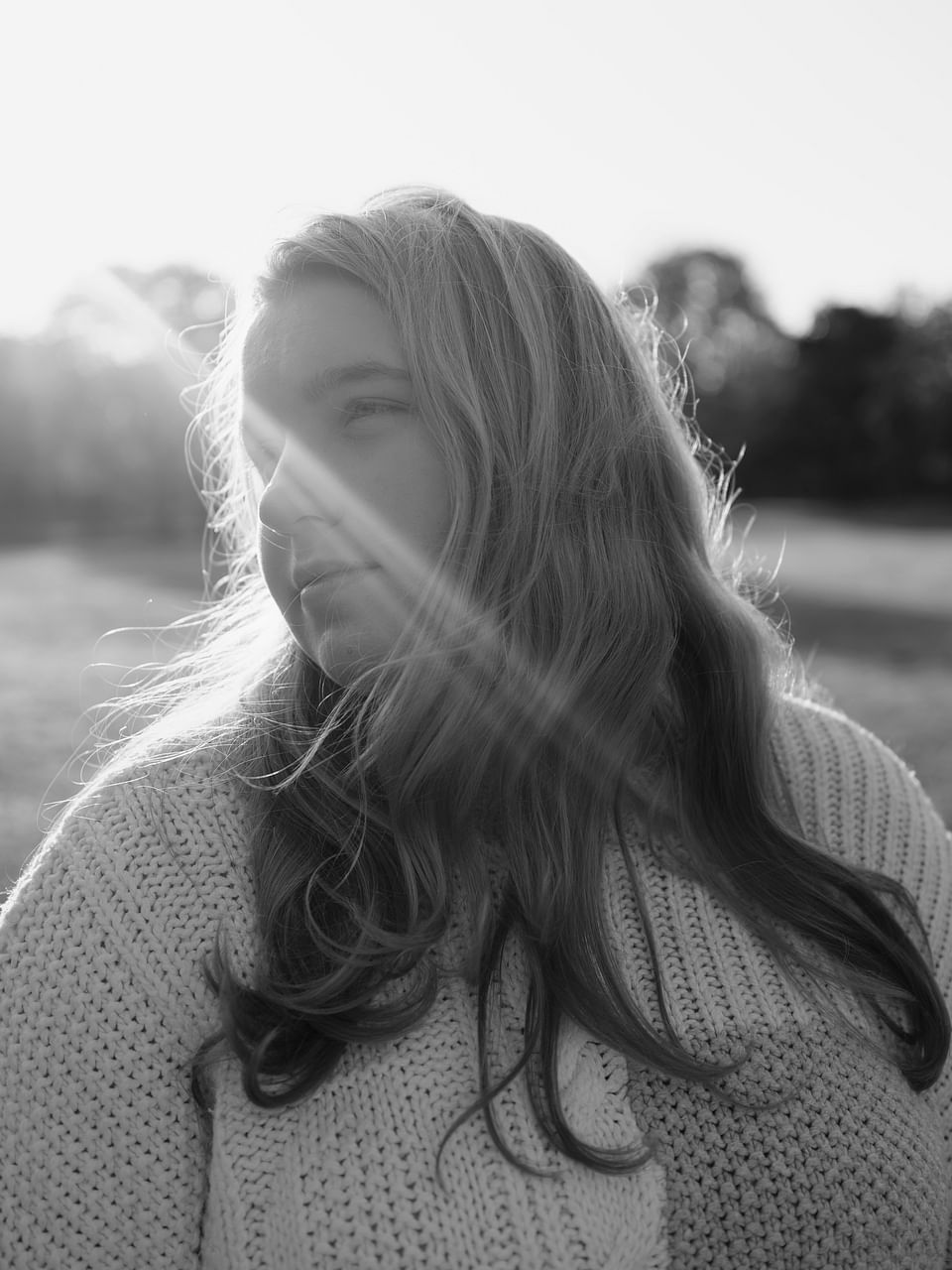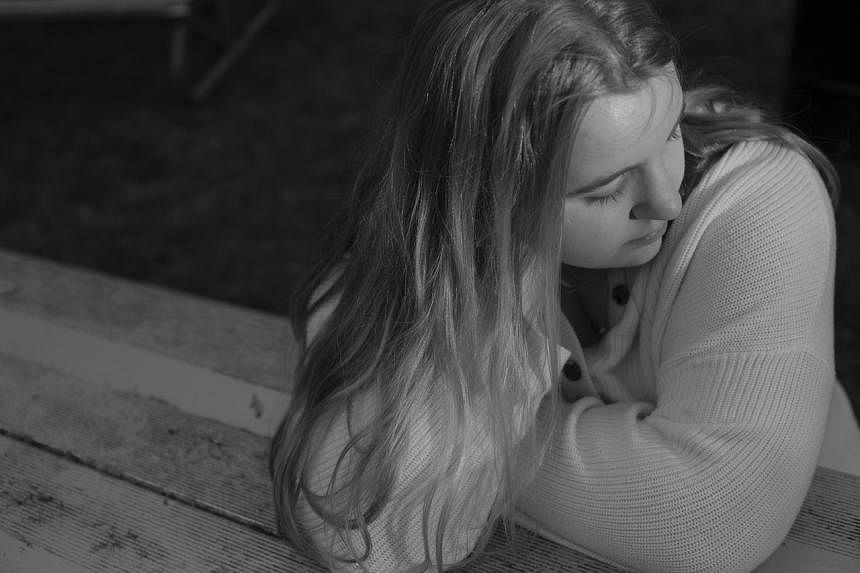NEW YORK (NYTIMES) - During 2021, the year Ms Renae Smith graduated from high school on Long Island in New York, she was prescribed seven drugs.
These included one for seizures and migraines - she experienced neither, but the drug can be also used to stabilise mood - and another to dull the side effects of the other medications, although it is used mainly for schizophrenia.
She felt better some days, but deeply sad on others. Her senior yearbook photo shows her smiling broadly, "but I felt terrible that day", said Ms Smith, who is now 19 and attends a local community college. "I've gotten good at wearing a mask."
She has come to exemplify a medical practice common among her generation: the simultaneous use of multiple heavy-duty psychiatric drugs. Psychiatrists and other clinicians emphasise that psychiatric drugs, when properly prescribed, can be vital in stabilising adolescents and saving the lives of suicidal teens.
But these experts caution that such medications are too readily doled out, often as an easy alternative to therapy that families cannot afford or find, or are not interested in. These drugs, generally intended for short-term use, are sometimes prescribed for years, even though they can have severe side effects - including psychotic episodes, suicidal behaviour, weight gain and interference with reproductive development, according to a recent study published in Frontiers In Psychiatry.
Moreover, many psychiatric drugs commonly prescribed to adolescents are not approved for people under 18. And they are being prescribed in combinations that have not been studied for safety or their long-term impact on the developing brain.
"You can very cogently argue that we don't have evidence about what it means to be on multiple psychotropic medications," said Dr Lisa Cosgrove, a clinical psychologist at the University of Massachusetts, Boston. "This is a generation of guinea pigs."
A study published in 2020 in the journal Pediatrics found that 40.7 per cent of people aged two to 24, who were prescribed a drug for attention deficit hyperactivity disorder (ADHD), were also prescribed at least one other medication for depression, anxiety, or another mood or behavioural disorder.
The study found more than 50 psychotropic medicines prescribed in such combinations, and a review by The New York Times found that roughly half of the drugs were not approved for use in adolescents, although doctors have the discretion to prescribe as they see fit.
Public health officials grew concerned about the problem of multiple medication use, or polypharmacy, a decade ago, when it emerged among young people in foster care and low-income settings. Legislative reforms were passed to curb the practice in those settings, but it has since widened to include affluent and middle-class families.
'Not a coherent regimen'
Ms Smith's diagnoses began with inattention. In fourth grade, she struggled in school and her family sought the help of a psychiatrist, who prescribed Focalin for ADHD, an increasingly common diagnosis.
In eighth grade, she showed signs of depression. "Instead of going to class, I'd go to the guidance counsellor and cry for the whole period," she said.

Her search to feel better led her and her family to various treatments and, eventually, to the use of multiple drug prescriptions. In 2018, in the spring of her freshman year, she visited New Horizon Counseling Center on Long Island. According to her psychiatrist's notes, which she shared with The Times, Ms Smith reported experiencing increased anxiety, depression and suicidal ideation.
"She agreed to try a small dose of Prozac (10mg) once a day, together with individual therapy," the doctor wrote. New Horizon did not respond to inquiries from The Times regarding Ms Smith's case.
In 10th grade, the same psychiatrist added a prescription for Effexor, an antidepressant that is not approved by the United States Food and Drug Administration for use in adolescents and that puts teens at increased risk for suicidal behaviour and hindered growth.
Later in the year, the psychiatrist added a prescription for Abilify, an anti-psychotic drug that is sometimes prescribed for mood disorders, but is intended primarily for schizophrenia, which Ms Smith did not have. He replaced her Prozac with a different antidepressant.
Despite the prescriptions, she said, she felt only periods of relief and ultimately became depressed again. In May 2020, during the pandemic and 11th grade, she sought treatment at the Mental Health Clinic at Mather Hospital. Her original talk therapist had left New Horizon, she said, and her new one there was often over-scheduled and unavailable.
In December 2020, she started dialectical behaviour therapy, an offshoot of cognitive behavioural therapy, at Hofstra University. But the treatment did not involve a psychiatrist to oversee and coordinate medication. In that absence, New Horizon continued to prescribe her drugs.

The drug regimen mounted. Over the course of her high school years, Ms Smith was prescribed 10 psychotropic medications, not always simultaneously, but in overlapping periods, her medical records show.
In 2021, the year she graduated, New Horizon was prescribing her seven: Focalin; Trintellix; alprazolam, an anti-anxiety drug known to be addictive; Lamictal and Topamax, a combination of seizure and migraine medication that can be used to stabilise mood; Rexulti, an "add-on" drug for adults who have major depressive disorder; and olanzapine, a drug used mainly for bipolar disorder and schizophrenia.
"I can't think of any disorder that would result in her being on all these classes of medications," said Dr Mark Olfson, a clinical psychiatrist at Columbia University and one of several experts The Times consulted about Ms Smith's drug regimen.
They all expressed similar concerns.
"It's not a coherent regimen," Dr Olfson said. But, he added, the practice of over-prescribing is common among doctors. "When they're searching for something that makes the patient symptom-free, they create problems that can result in what is politely called pharmaceutical misadventure."
Nonetheless, many experts emphasised that the proper use of the right medications can be essential in helping to stabilise an adolescent who is clinically anxious, depressed, self-harming, suicidal or inattentive.
"Medication is important," said Dr Stephanie Kennebeck, a paediatric emergency room doctor at Cincinnati Children's Hospital who has studied therapeutic approaches to suicidal impulses. Also vital, she added, is "knowing that medication has its limitations. Therapy is the cornerstone of what we try to get kids into".
A new outlook

In October of 2021, doctors discovered cancer in Ms Smith's thyroid. Surgery to remove the tumour was scheduled for this past April.
Over the winter, she found a new psychiatrist who, she said, could spend more time with her than her psychiatrist at New Horizon had been able to do. Ms Smith said that under the care of the new psychiatrist, she began cutting back on the drug regimen she had previously been prescribed.
By the time of her surgery, she was down to two daily psychiatric drugs, one for ADHD and one for depression, and took an anti-anxiety pill once a week or so, when symptoms flared. Her new psychiatrist told her that medications could do only so much.
The thyroid surgery in April was a success. By midsummer, Ms Smith said, she felt happier more often. "I do think the medication is working," she added, but she also credited "internal work", self-reflection and the cancer diagnosis.
While she had once thought about "being a doctor or a lawyer or things like that", she said, she now works in a plant nursery and is applying to a four-year college with a focus on environmental and wildlife sciences.
"I like working with my hands," she said. "I don't want to work at a desk, and that's what I thought I should be doing."
She added: "I'm not the same person I was a year ago."

